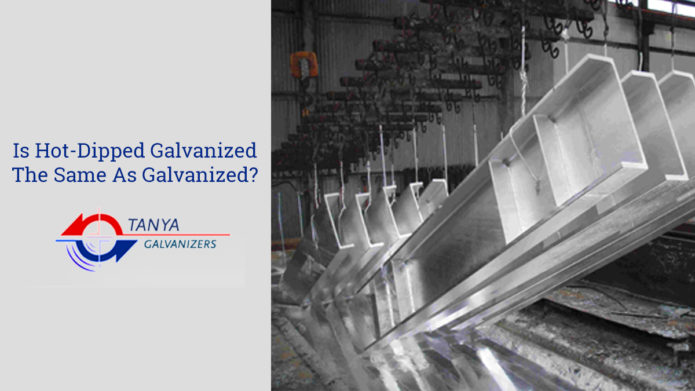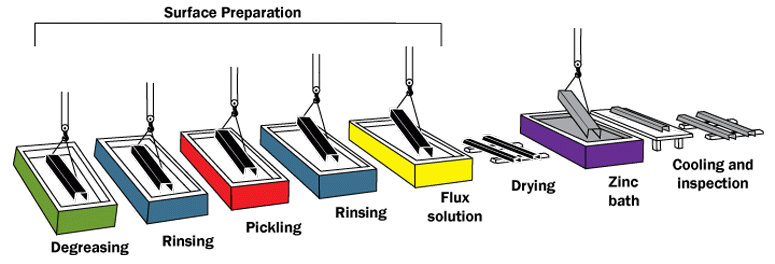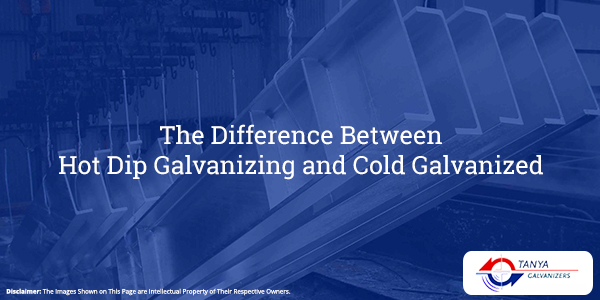Galvanization is the process where steel is coated with corrosion resistant zinc. The zinc coating prevents corrosion and in case the coating is scratched, the steel is still protected. Galvanization does not change mechanical properties of steel.
Hot-dipped galvanizing is oldest and most popular form of galvanization process. Metals can be galvanized in more than one method. In hot dipped galvanizing, clean steel is dipped in molten zinc and a unique coating formation takes place that forms strong bond with the steel.
The protective outer layer is more long lasting and tough than other coatings that bond mechanically or electrically. Hot dipped galvanized makes sure that zinc coating applied to protect steel surface provides extended durability outdoors.
Electroplated galvanized steel is softer as compared to hot dipped galvanized steel, electroplated galvanized steel is prone to scratches, daily wear and tear and rough handling.
Electroplated galvanized steel will last as long as hot dipped galvanized steel if it is being used for organizing socks in your closet. An electroplated galvanized bucket if left outside and face drops, scratches and dings will last than 70 years.
Both galvanizing method and the environment it is being used in test the performance of a galvanized metal. Electrogalvanized coating is made by applying zinc to steel strips and sheets by electrodeposition. The coating thickness is less than hot dip process but gives a smooth finish.
The steel used in car bodies is galvanized through electroplate galvanizing as decorative paint can be easily applied after galvanization. Zinc is electrodeposited to steel by immersing the steel in electrolyte a solution of cyanide or zinc sulfate. Pure zinc coats iron or steel surface through electrolytic action.
If an electroplated galvanized finish cuts the steel edges or gets damaged under the zinc layer it is prone to corrosion. Zinc product reacting with oxygen and water or white rust does not occur on smoothly finished galvanized buckets.
The advantages of hot dipped galvanized are thick coatings, corrosion resistant and sacrificial protection of zinc coating. The finished product can be used outdoors in all types of weather conditions. The method is popularly used in construction industry.
Thus, we see that hot dip galvanizing is much better than all types of galvanizing process existing today. We at Tanya Galvanizers provide services in various public sectors and our latest machinery and technology gives you quality products at reasonable price.












